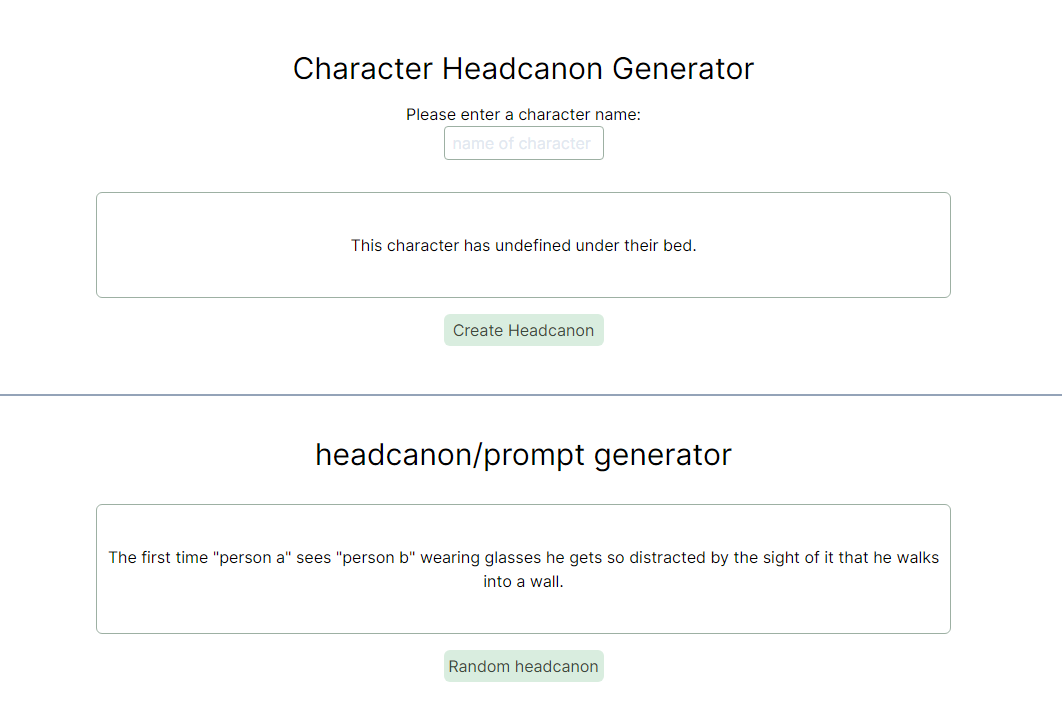Character generators are breakthrough solutions that changed the way how writers and creators come up with characters for all media. Of course, like with all tools, maximizing their effectiveness is down to best practices. How to Use a character headcanon generator to Get That Creativity Juices Flowing
Start with a Clear Concept
Know what-exactly-you want from a character generator before using one. Establish who your character is in the story — the hero, the villain, the teacher, the sidekick. A 2013 study conducted in 2023 found that help projects with pre-defined character roles reached narrative coherence and satisfaction by 30% more.
Generators to inspire, not to create
As much as it might be tempting to copy a character from a generator, it is always good to use it for inspiration. Again, let the AI offer traits and backstories, but ultimately put your touch on it to fully make the character adaptable to the world of your story. Injecting more of their own creativity can bring out depth and originality, say creators: with creators manually adjusting AI-generated profiles reported a 25% increase in character relatability.
Complexity to Blend Multiple Outputs
Combine elements from several AI outputs to not end up with characters that sound generic or automated. Another method is to take a number of disparate characteristics or backstory elements from different generated characters, and use them to build up a new character that is in some way richer than the rest. Research from digital storytelling workshops has indicated this practice can boost character depth by 40%

Customize and Contextualize
Remember to always make your AI character context-specific, as in relevant to the setting and theme of your story. These more advanced generators give you the power to tweak the cultural, historical, and situational details; the kind of things that could make it hard to wrap your brain around dice columns. Once you start customizing your character to better fit with the specific narrative you are making this character for, he/she will fit more naturally in the story and connect deeper with your viewers.
Iterate Based on Feedback
Base AI-generated characters on feedback from beta readers, editors, or audience members. Under a social cultural context, character development should be iterative, where the generator give a first scenario and they evolve depending on the way the audience sees them. But iterative refinement by feed backs helps us sculpt characters, that truly resonate to Audience boosting engagement by 35%.
Ethics.cms REST Interface
When utilizing AI tools such as character generators, especially on the screen, it is important to remember that can also have an ethical impact on the ways in which we choose to represent the world, and the cultures which occupy it. Make sure that the way we write about these people from other races is respectful and we do not generalise. Using character generators ethically not only protects from cultural insensitivity but also adds depth to the story with diverse and genuine viewpoints.
Conclusion
When used appropriately, character generators are quite the useful tool that can really add to the process of character creation. Lessons LearnedA strong initial conceptGenerators to provide directionIncrementing further on multiple outputs world buildingCustomizing characters to the worldContinue work and iterate with feedbackDifferent ethical implications Best Practices All of these will help your characters to be complex and interesting and also to drive the narrative forward. A fun website to help you build all facets of your character is charcter headcanon generator. Going to one of these intuitive platforms can introduce you to an array of features that simply transforms your storytelling into born personalities.